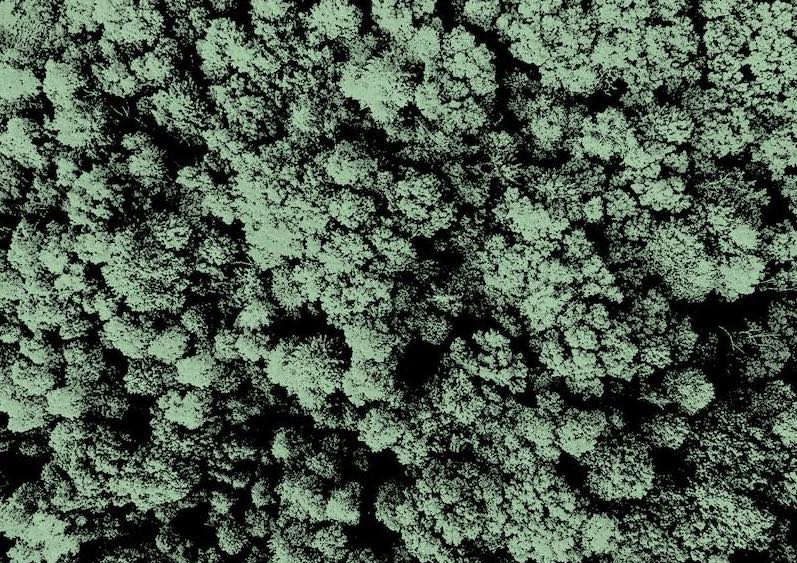What is it about?
Comparative Assessment of Analgesic Efficacy of TAP Block with Dexmedetomidine, Ropivacaine,
Featured Image

Photo by CDC on Unsplash
Why is it important?
Background: Transversus Abdominis Plane (TAP) block is a simple and unique method for regional analgesia, especially for lower abdominal surgeries. The aim of this study was to compare the analgesic efficacy of TAP block on addition of 0.5 mcg/kg Dexmedetomidine to 0.2% Ropivacaine and 0.2% Ropivacaine alone in lower abdominal gynecological surgeries. Patients and Methods: Total of 60 female patients, scheduled for open lower abdominal surgery under general anesthesia, were recruited into two Groups: Ropivacaine (R) and Ropivacaine and Dexmedetomidine (RD). Group R received USG-guided TAP block with 30 ml of 0.2% Ropivacaine and saline. Group RD received USG-guided TAP block with 30 ml of 0.2% Ropivacaine and 0.5 mcg/kg of Dexmedetomidine. Post-operative pain scores, sedation score, time to first rescue analgesic, and total opioid requirement in first 24 hours, were calculated. Results: The difference between the duration of time to first rescue analgesic, between two groups, was statistically significant (p = 0.018). Further, it was observed that the VAS scoring was lower in group RD as compared to Group R, at al. the time intervals. The RD Group showed a significant difference between Modified Wilsons sedation score at first hour in both the groups, p < 0.001. All the patients in both the groups were oriented without sedation and with statistical significance (p < 0.05). Conclusion: The analgesic efficacy of Dexmedetomidine with 0.2% Ropivacaine in TAP block showed a positive result when compared to 0.2% Ropivacaine alone. The analgesic efficacy of Dexmedetomidine with 0.2% Ropivacaine was more pronounced when compared to the 0.2% Ropivacaine individually in TAP block procedure during Lower Abdominal Gynecological Surgeries.
Perspectives
Background: Transversus Abdominis Plane (TAP) block is a simple and unique method for regional analgesia, especially for lower abdominal surgeries. The aim of this study was to compare the analgesic efficacy of TAP block on addition of 0.5 mcg/kg Dexmedetomidine to 0.2% Ropivacaine and 0.2% Ropivacaine alone in lower abdominal gynecological surgeries. Patients and Methods: Total of 60 female patients, scheduled for open lower abdominal surgery under general anesthesia, were recruited into two Groups: Ropivacaine (R) and Ropivacaine and Dexmedetomidine (RD). Group R received USG-guided TAP block with 30 ml of 0.2% Ropivacaine and saline. Group RD received USG-guided TAP block with 30 ml of 0.2% Ropivacaine and 0.5 mcg/kg of Dexmedetomidine. Post-operative pain scores, sedation score, time to first rescue analgesic, and total opioid requirement in first 24 hours, were calculated. Results: The difference between the duration of time to first rescue analgesic, between two groups, was statistically significant (p = 0.018). Further, it was observed that the VAS scoring was lower in group RD as compared to Group R, at al. the time intervals. The RD Group showed a significant difference between Modified Wilsons sedation score at first hour in both the groups, p < 0.001. All the patients in both the groups were oriented without sedation and with statistical significance (p < 0.05). Conclusion: The analgesic efficacy of Dexmedetomidine with 0.2% Ropivacaine in TAP block showed a positive result when compared to 0.2% Ropivacaine alone. The analgesic efficacy of Dexmedetomidine with 0.2% Ropivacaine was more pronounced when compared to the 0.2% Ropivacaine individually in TAP block procedure during Lower Abdominal Gynecological Surgeries.
Red Flower Publication Publications
Red Flower Publication Pvt Ltd
Read the Original
This page is a summary of: Comparative Assessment of Analgesic Efficacy of TAP Block with Dexmedetomidine, Ropivacaine and with Ropivaciane Alone in Open Open Lower Abdominal Gynecological Surgeries, Indian Journal of Anaesthesia and Analgesia, January 2019, Red Flower Publication Private, Ltd.,
DOI: 10.21088/ijaa.2349.8471.6619.46.
You can read the full text:
Contributors
The following have contributed to this page







